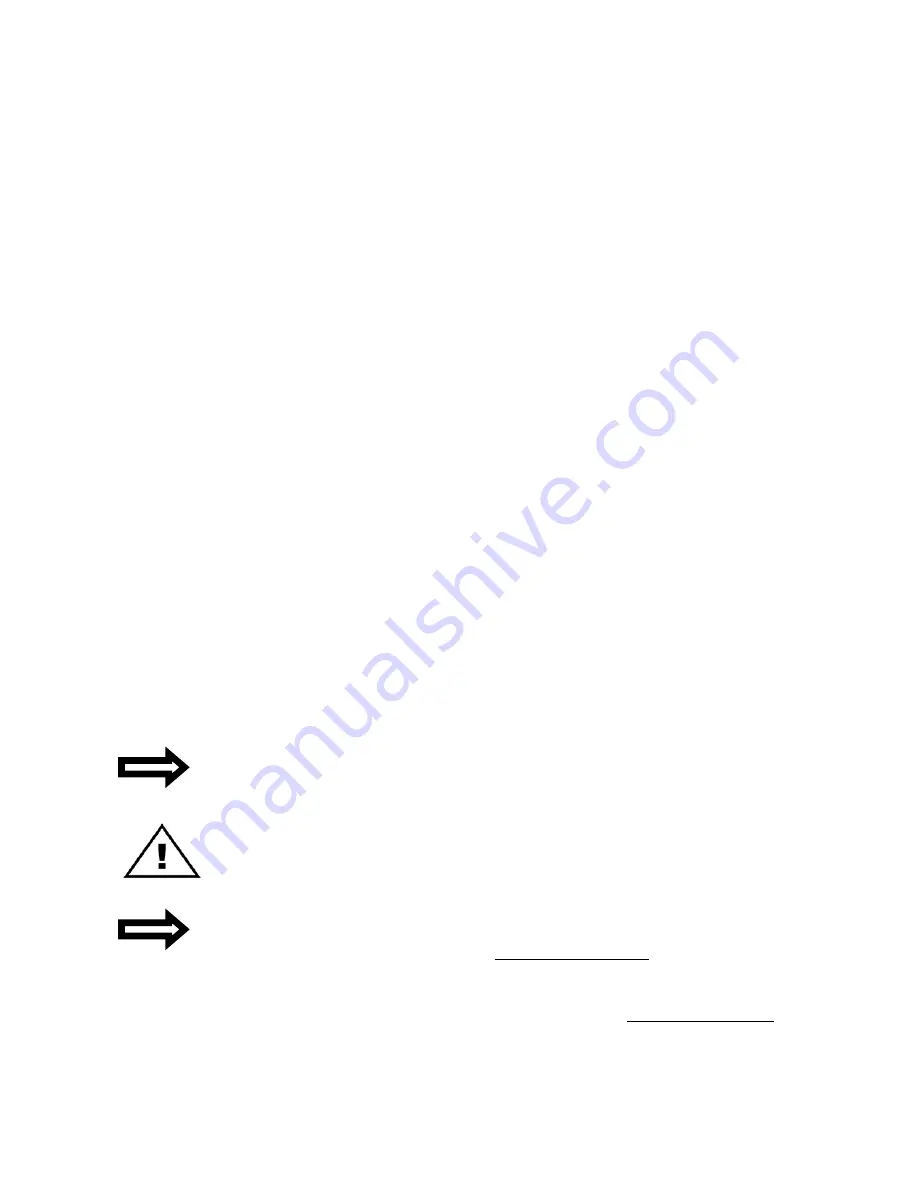
PVI 10KW / PVI 13KW / PVI 15KW Installation and Operation Manual
DOC-020028 rev 028
18
of the disconnect will also remain live after the disconnect has been shut off until 60
seconds after the LEDs turn off, as electrolytic DC bus capacitors in the inverter
discharge.
Inverters connected in conjunction with emergency back-up generators:
Please follow all applicable NEC (Canadian Electrical Code) and local codes.
The inverters meet and are certified to all UL1741 and IEEE1547 requirements.
There are two methods to connect inverter or inverters to a grid-connected building that includes
an emergency generator: (note that these are only thoughts on this subject – consult your inspector)
1.) Inverter(s) on the grid-side of the transfer switch that disconnect the building when the utility
goes off. With this method, when the grid goes off, the inverters go off, the transfer switch
disconnects the building from the PV inverters and grid. Then the generator starts and runs for the
duration of power outage. In this case, the inverter is on the grid-side of the transfer switch and the
inverters remain off the entire time until the grid returns.
2.) Inverter(s) on the load/building side of the transfer switch that disconnect the building when the
utility goes off. With this method when the grid goes off, the inverters go off, the transfer switch
disconnects the building with inverter(s) from the grid and the generator starts, the inverter(s) will
attempt to start in parallel with the building/load/generator. With a large size generator and load,
the inverter will most likely come back on and run well. If at any time the voltage or frequency of
the system goes outside of the limits set in UL1741, then the inverter will go off and re-start 5
minutes later. This trial and restart sequence should not cause any trouble for the building,
generator or inverter, however, if the PV system has close to or more than the power level of the
generator and/or loads at any time, it is not recommended to use this hook up configuration (with
the inverter on the building/load side of the transfer switch)
3 Commissioning the Inverter PV System
The inverter is mounted, all connections are made and you are ready to power it up.
NOTE:
Make sure all tools; parts, etc. are removed from the vicinity of the inverter
before turning on.
WARNING:
Make a final check for correctness of all AC and DC wiring to the
inverter and in the system.
NOTE:
With the PV modules connected and inverter disconnects still off, it is a
good final precaution to check PV voltage and polarity once more simply by
carefully using a 600V, DC rated digital volt meter and probing the positive (+) and
negative (-) PV connections in the disconnect enclosure. Also, verify clockwise
phase rotation (L1-L2-L3) in the AC disconnect, using a phase rotation meter.
Turning on the inverter:






























